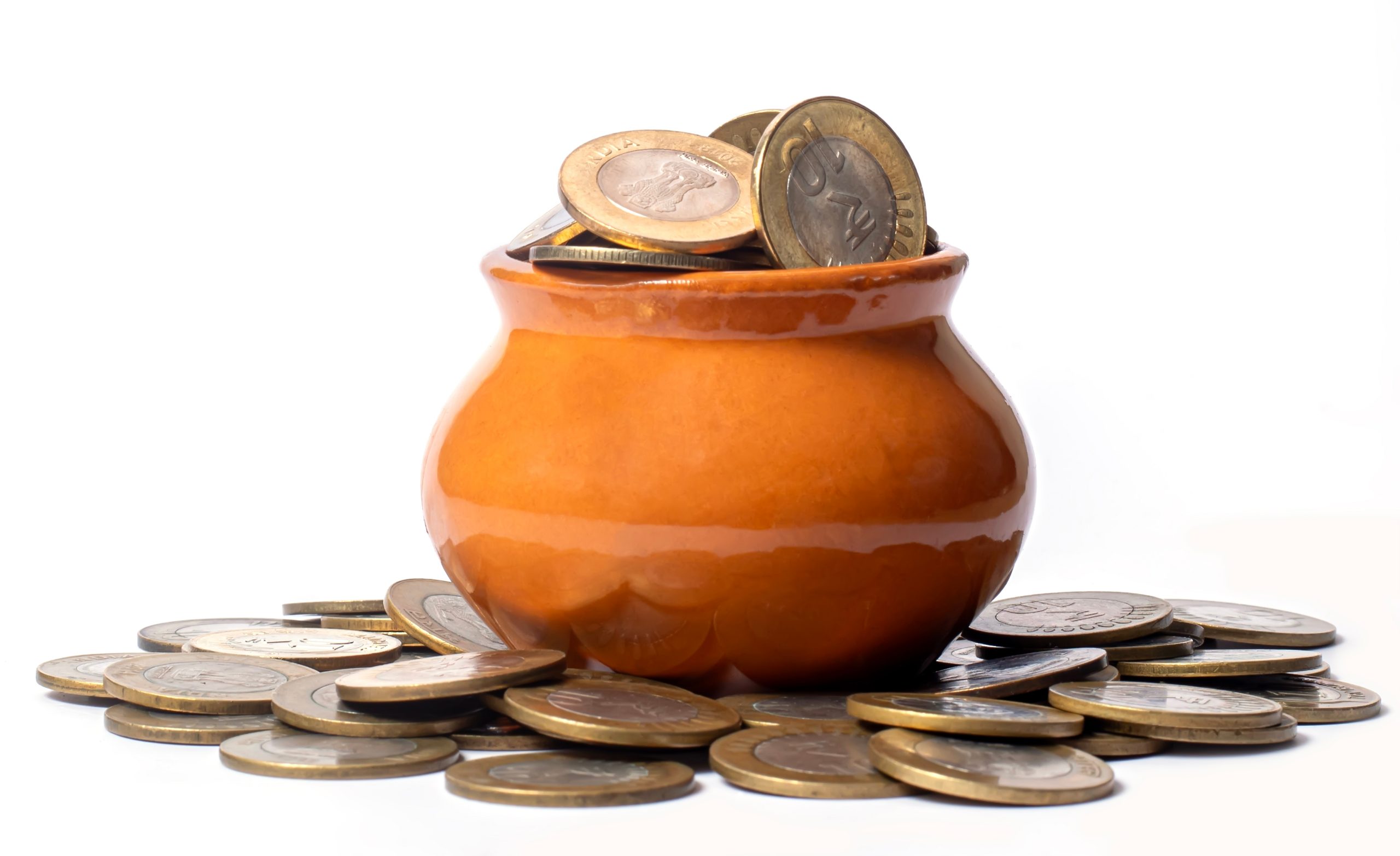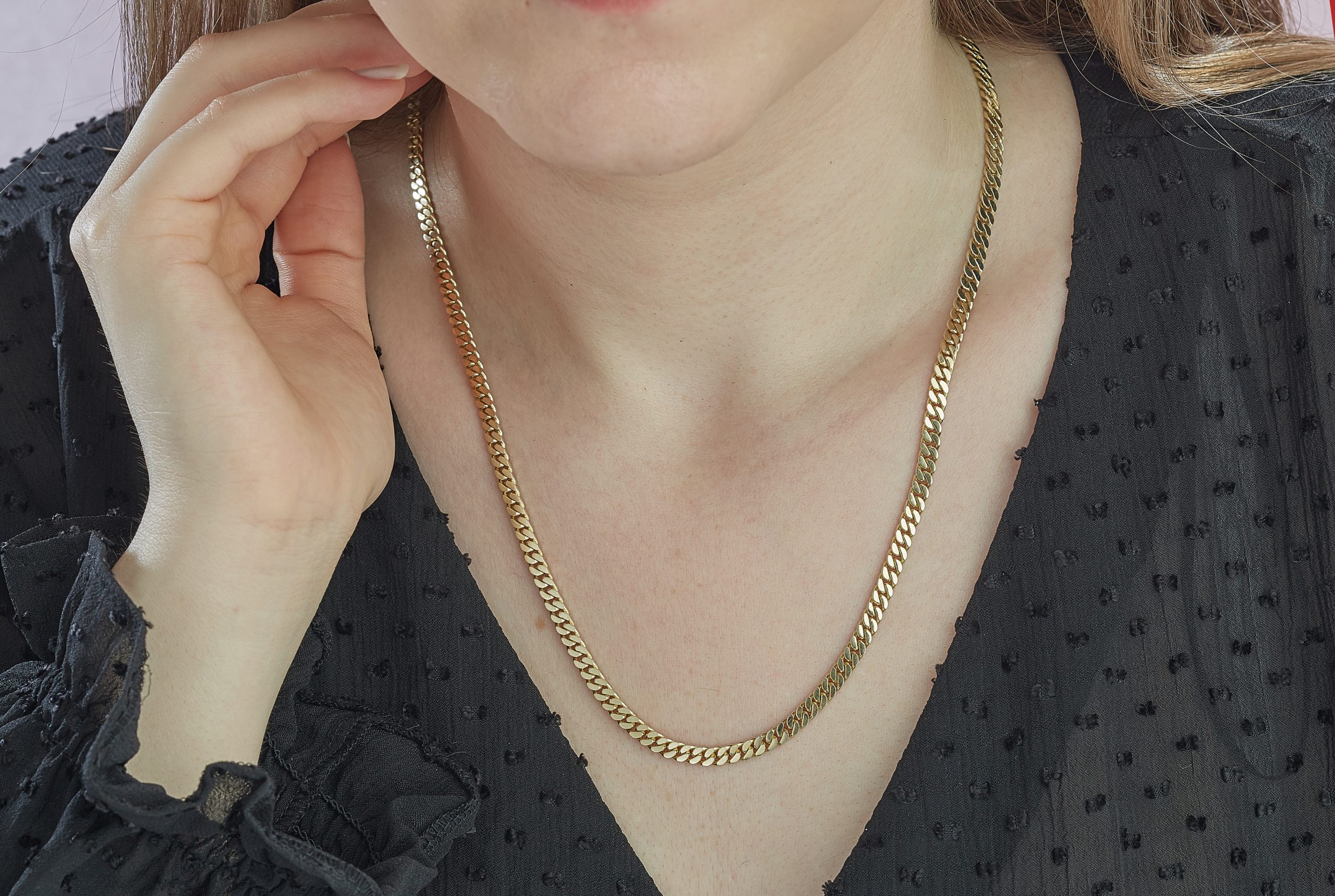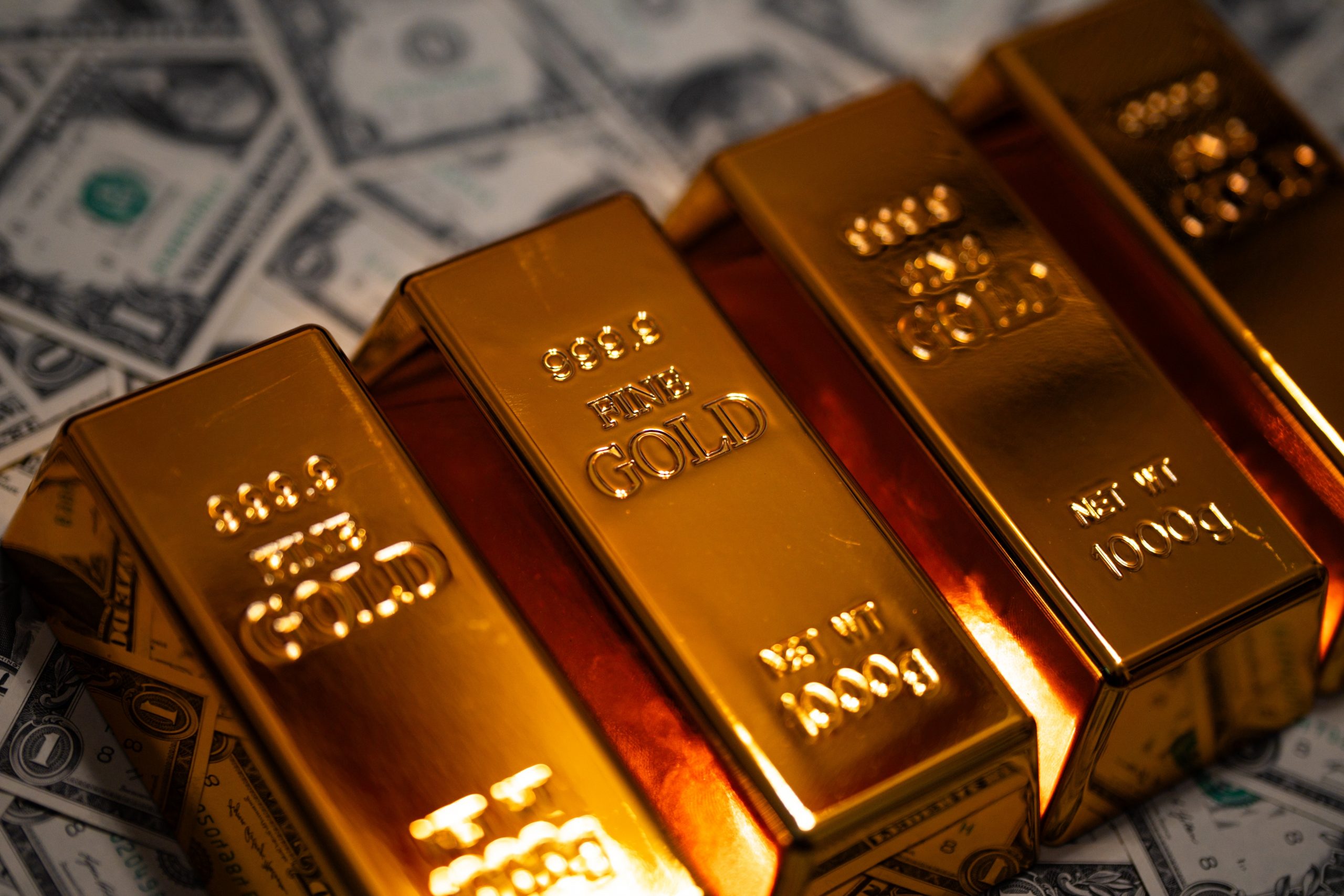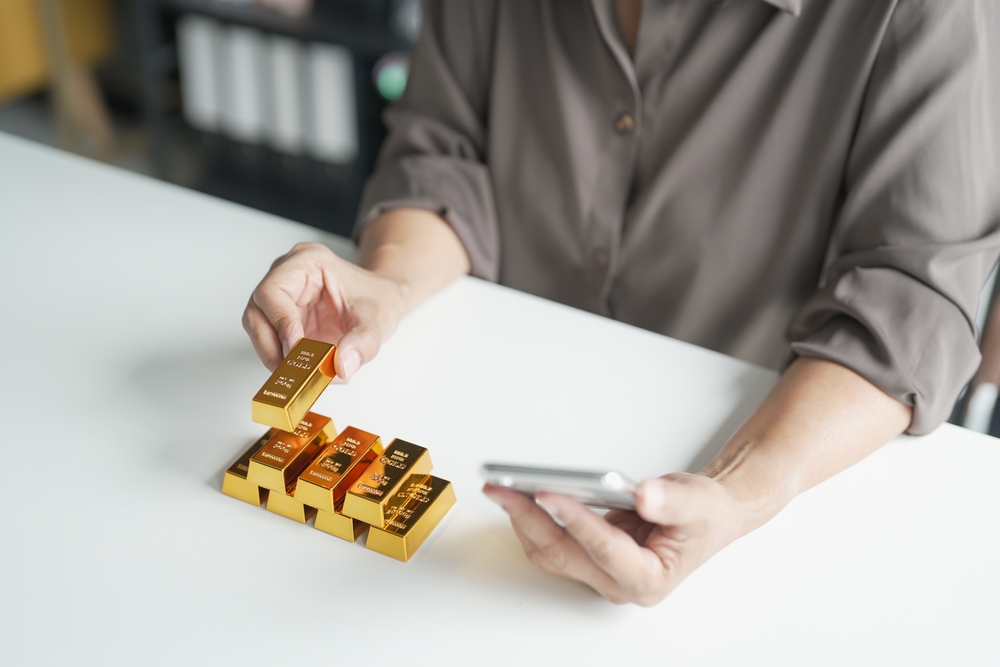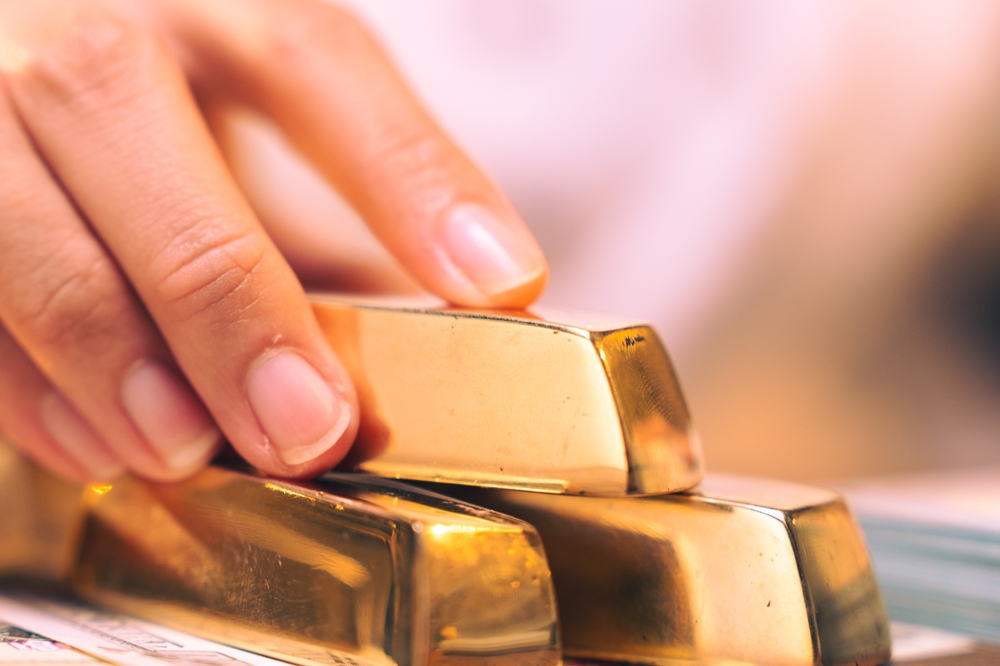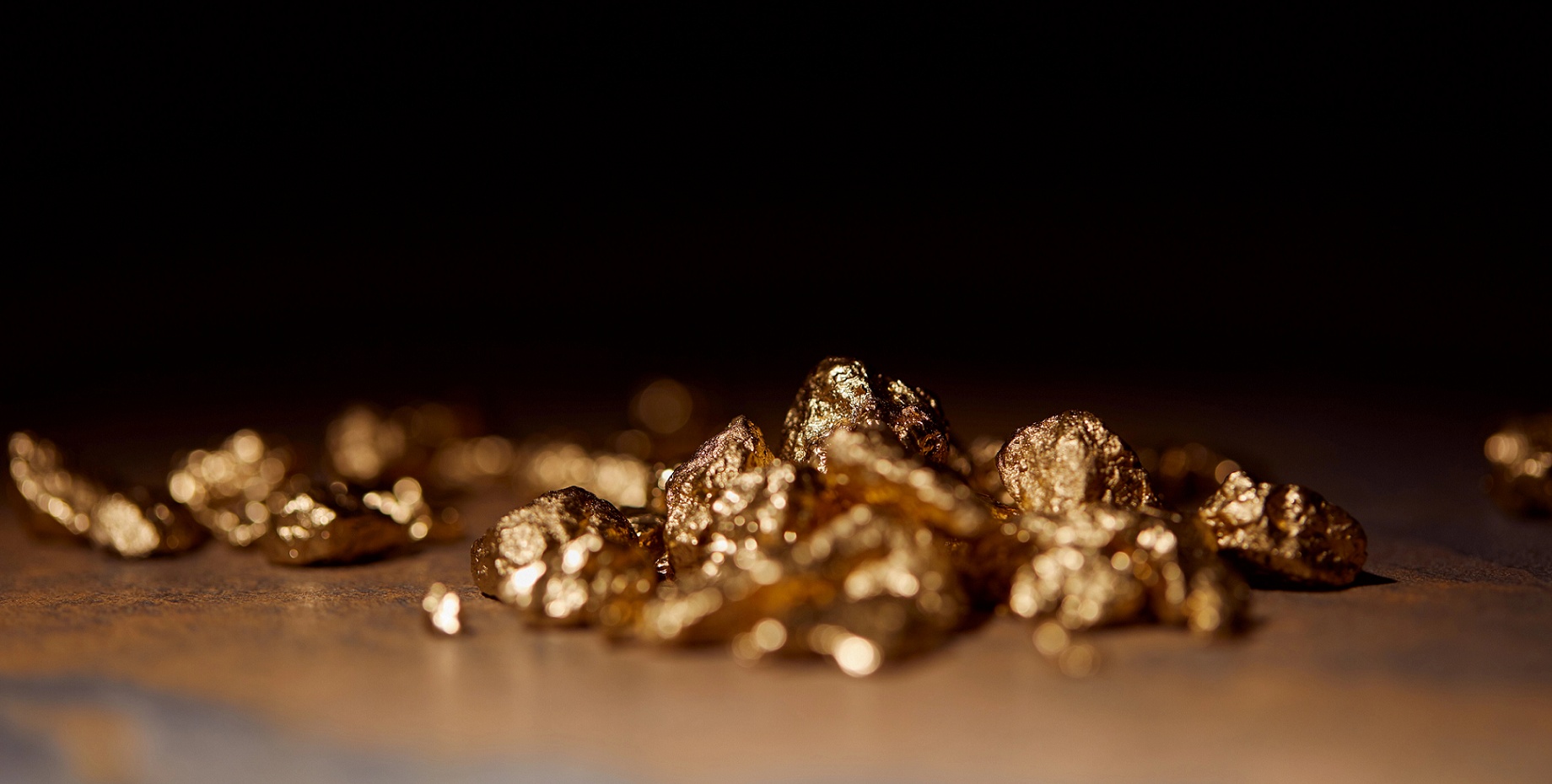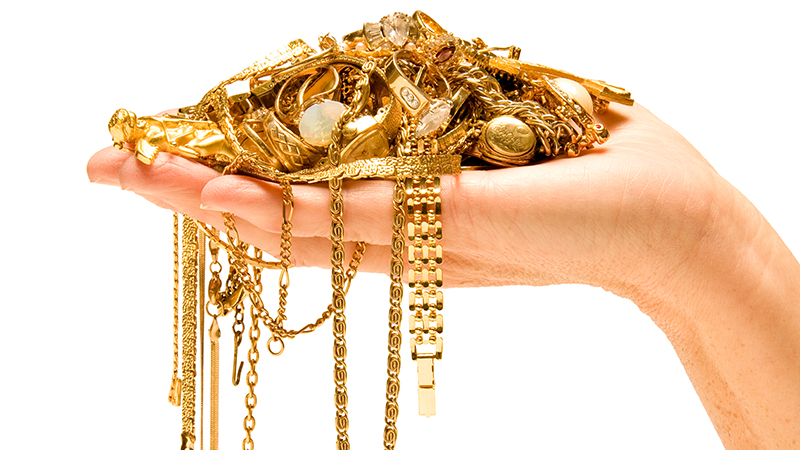When it comes time to sell gold, most of us hear the term “spot price” tossed around. It might show up in news reports, dealer websites, or discussions with a gold buyer. But what does it actually mean? More importantly, how does it affect what we walk away with when we sell our gold?
Understanding how spot prices work gives us a major advantage. Therefore, it’s something we all need to grasp before handing over anything valuable. In this post, we’ll break down the concept of the spot price, show how it influences gold sales in real life, and share tips that could help you make smarter selling decisions.
What Is the Spot Price of Gold?
The spot price is the current market price for one ounce of pure gold. In other words, it’s the rate gold is trading at right now, not tomorrow or last week. This price constantly changes based on global trading, supply and demand, interest rates, currency fluctuations, and overall investor sentiment.
To clarify, the spot price you see online or on financial news channels is usually quoted in U.S. dollars per troy ounce. However, most of us in Canada deal in grams when selling jewelry or scrap gold. So, it’s essential to convert the price to the metric and currency systems we use locally.
Let’s say the spot price is $2,400 USD per troy ounce. That would be roughly $3,200 CAD depending on exchange rates. There are about 31.1 grams in a troy ounce, so that comes out to a little over $100 CAD per gram. That’s a useful baseline to keep in mind.
How Spot Price Affects Your Gold Sale
Now that we know what the spot price is, the next question is how it affects what we’re paid. After all, very few of us have pure 24K gold lying around in bar form. Most gold items are 10K, 14K, or 18K, and some might be mixed with other metals or contain stones that don’t count toward the gold weight.
Therefore, gold buyers typically assess two things: purity and weight. Then, they apply the current spot price to calculate how much your gold is worth. However, they don’t offer the full spot value. That is to say, they deduct a margin to cover their refining costs, business expenses, and profit.
For example, if you’re selling a 14K gold chain weighing 20 grams and the current spot price per gram is $100, you’re not going to receive $2,000. Only 58.5% of that chain is pure gold, and the buyer’s payout might be around 85 to 90% of the spot value of the pure gold content.
This is why it’s so important to deal with reputable gold buyers in Saskatoon who offer transparent assessments and fair prices. Otherwise, you might walk away with far less than your items are actually worth.
Why Spot Price Fluctuates Daily
You may wonder why the price of gold changes so often. After all, it’s not like gold is a new discovery. Yet spot prices are constantly moving, often minute to minute. This is because gold is traded globally, just like oil or stocks.
Market events influence investor confidence. For instance, when stock markets dip or geopolitical tension rises, many investors move toward gold because it’s seen as a safe asset. Consequently, demand rises and so does the price. On the other hand, if interest rates go up or inflation cools, gold may dip because people find other ways to grow their money.
Moreover, currency values play a major role. Gold is priced in U.S. dollars, so a weaker Canadian dollar means you may get more in CAD for the same amount of gold. Likewise, a stronger loonie could mean slightly less. That’s why it pays to check both the gold spot rate and the current currency exchange.
Timing Your Gold Sale for the Best Price
Selling gold is a bit like selling real estate. While you can’t predict the market perfectly, there are smarter times to act. That said, we’re not suggesting you become a day trader watching every fluctuation. But a little awareness can make a difference.
For example, if you notice gold prices have surged after a major financial announcement or market dip, it might be a good time to act. In addition, check what the spot price was over the last month. If it’s near a recent high, that’s a green flag.
Some gold buyers provide real-time pricing updates, so you can track the spot price on their site. This helps you avoid outdated quotes or guesstimates. If you’re ready to sell, start by browsing services that specialize in how to sell your gold so you’re confident in the process.
Common Mistakes That Lower Your Payout
Even with a decent spot price, some people walk away disappointed with their final payout. Often, it’s not because they were cheated but because of missteps that affected the total value of the sale. Here are a few examples:
Firstly, people forget to remove stones from jewelry. While they may look nice, gemstones don’t count toward gold value. Moreover, some buyers don’t pay for them at all, meaning you’re better off removing and keeping them.
Secondly, many of us go in without knowing the karat level or accurate weight. This puts all the power in the buyer’s hands. By using a home scale and doing a simple karat test with kits available online, you can go in more informed.
Lastly, rushing the sale is a big issue. It’s tempting to unload gold quickly when we need cash. However, comparing two or three quotes—even by phone—can uncover major differences. That extra step often adds up to real money.
What You Can Do to Prepare for a Sale
Before bringing your items in, do a little prep work. That doesn’t mean you need expert-level knowledge. However, being familiar with the basic details can make a big difference in your payout and peace of mind.
We always recommend weighing your items and separating them by karat when possible. This way, it’s easier to compare the quote you’re offered to your own rough estimate. In addition, research today’s spot price and do a simple per gram breakdown.
Also, take clear photos of your items before handing them over. That might sound unnecessary, but it gives you documentation and builds confidence when dealing with the buyer. If you have receipts or documentation for your items, bring them too.
Most importantly, don’t be afraid to ask questions. A trustworthy buyer will explain how the payout was calculated. They’ll also weigh and test everything in front of you, not behind a backroom curtain. That’s the level of service we aim for every time.
When you’re ready to start, contact us to ask questions or schedule a visit. We’re always happy to walk you through the process clearly, no pressure involved.
FAQ
What does “spot price” mean in simple terms?
The spot price is the current value of one ounce of pure gold in global markets. It tells us how much gold is worth today, not tomorrow or yesterday.
Do I get the full spot price when I sell gold?
No, you usually receive a percentage of the spot value. This accounts for the gold’s purity, the buyer’s overhead costs, and the refining process.
Why is gold priced in U.S. dollars?
Gold is traded internationally, and the U.S. dollar is the global standard for most commodities. That’s why Canadian gold buyers convert prices using current exchange rates.
Is it better to sell gold during a market crash?
Sometimes. When markets dip, gold prices often go up as investors seek safer assets. Watching trends can help you choose the right time.
How do I know I’m getting a fair deal?
Always check the spot price, calculate your item’s estimated value based on purity and weight, and compare quotes from a few buyers. Also, ask for an explanation of the pricing breakdown.

